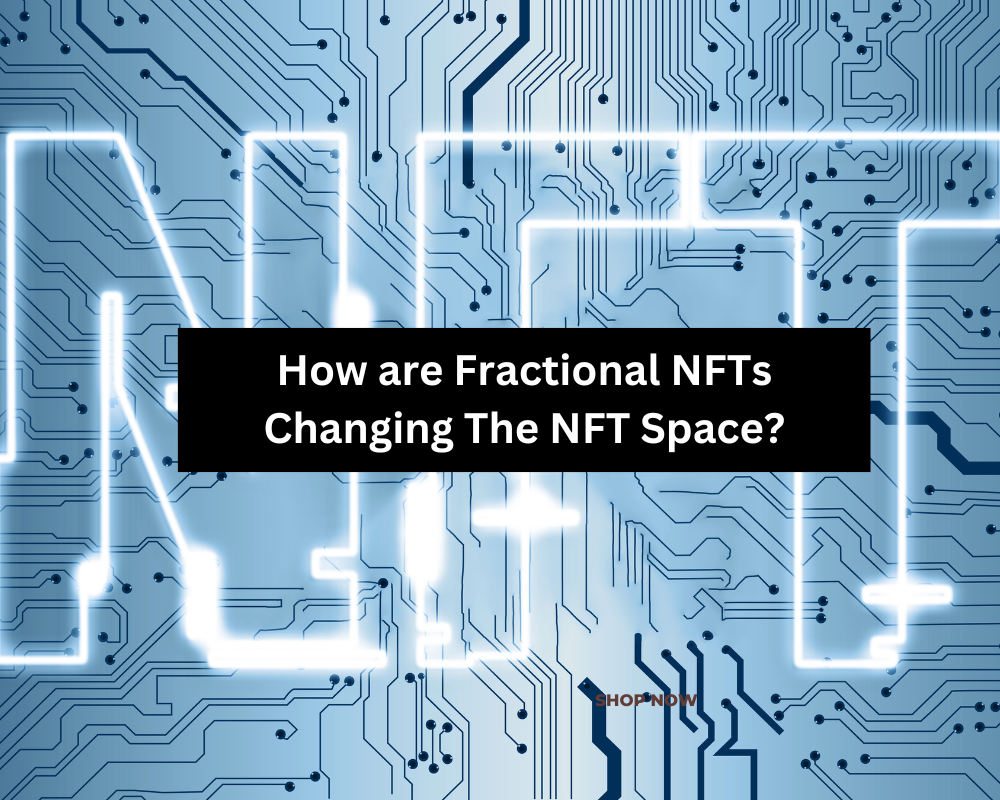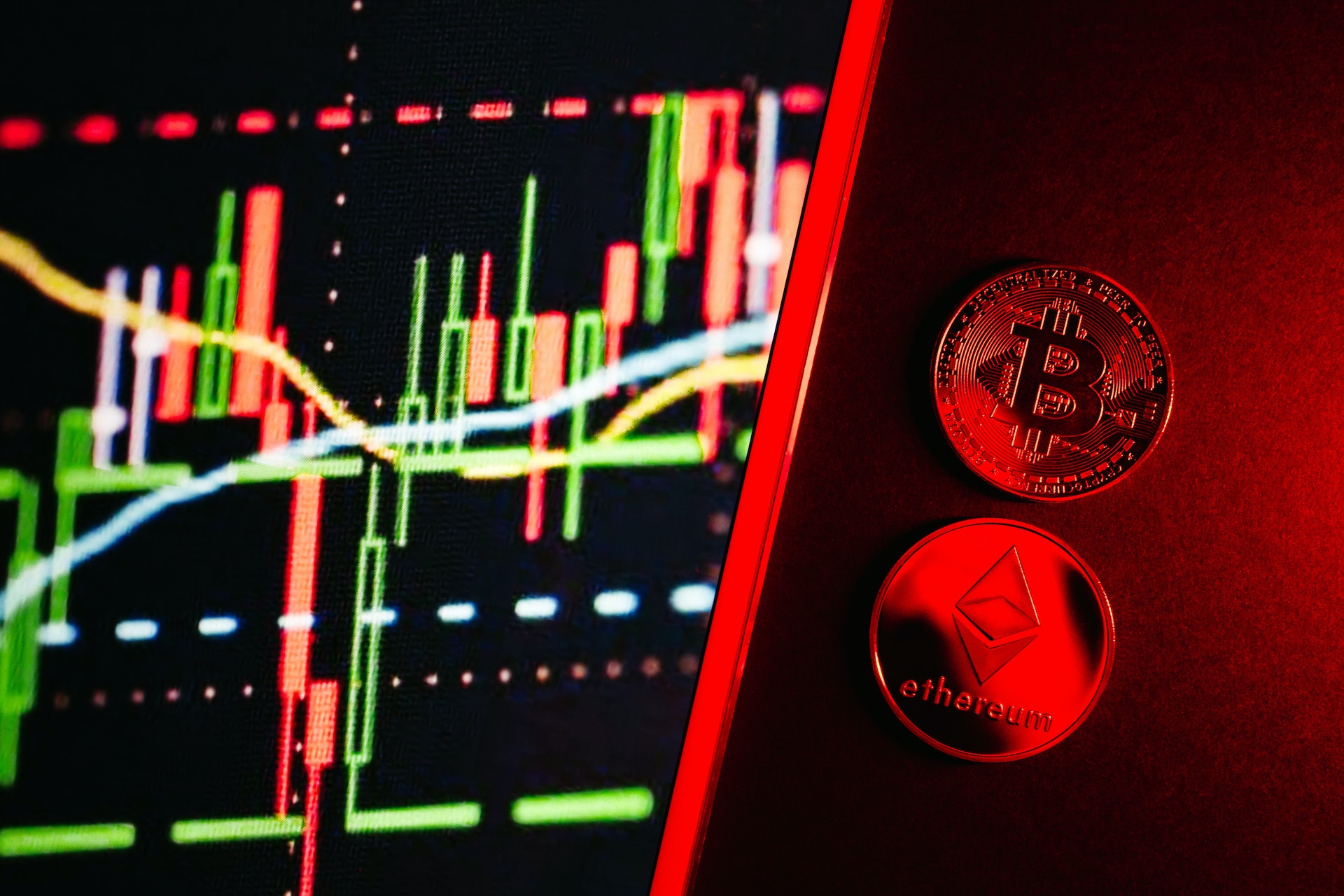According to a 2023 Statista report, the NFT marketplace is expected to have 16.35m users by 2028. In this rising NFT sector, the concept of fractional NFTs has been gaining significant traction. While traditional NFTs boast exclusivity and indivisibility, F-NFTs open doors to ownership and investment to both small and large-scale investors. But what exactly are fractional NFTs, and how are they changing the landscape of the NFT space?
Unlike their indivisible counterparts, a fractional NFT allows for the division of ownership into smaller, tradable shares. This innovative approach opens up opportunities for broader participation in the NFT marketplace, similar to how stocks represent company ownership. By splitting NFT ownership through fractional NFTs, collectors can maintain a stake in prized assets while unlocking liquidity without giving up on complete asset control.
But how does one go about investing in F-NFTs? And what implications do they hold for the future of digital ownership? In this article, we’ll explore the ins and outs of fractional NFTs, from enabling accessibility to the potential advantages and disadvantages they bring to the options of digital ownership. This article will also explore how an NFT is fractionalized and how innovative projects have made the concept of F-NFTs more secure and accessible to all. Keep reading to learn all about it!
What Are Fractional NFTs?
Starting with the basics, what are fractional NFTs? And how do they work? In simple terms, F-NFTs involve breaking down a complete NFT into smaller pieces. This allows multiple individuals to share ownership of the same asset while investing a share of its total value.
To better understand this concept, imagine an NFT as a whole cake purchased collectively by multiple people. With fractional NFTs, this cake is divided into smaller slices, allowing several individuals to own a piece of the digital asset. The benefit is that you only need to pay for the slice you own, gaining a share of the entire cake.
Traditionally, NFTs were prized for their uniqueness and indivisibility. However, fractional NFTs represent a groundbreaking shift by introducing the concept of shared ownership through fragmentation, making prized NFT investment accessible even for smaller investors.
How Does NFT Fractionalization Work?
Now that we know what a fractional NFT or F-NFT is, it’s common for anyone to wonder ‘how does NFT fractionalization work?’ Well, let’s briefly explore how is an NFT fractionalized? Typically, NFTs are created using standards like ERC-721 or ERC-1155, primarily on the Ethereum blockchain. These standards ensure that each NFT is unique and cannot be replaced by another.
But when it comes to F-NFTs, this is where fractionalization occurs. Precisely, a smart contract generates ERC-20 tokens to fractionalize an NFT. Unlike NFTs, these ERC-20 tokens are fungible. Once generated, these tokens are linked to the indivisible ERC-721 NFT, making each ERC-20 token represent a fraction of ownership in the NFT.
But wait, there’s more! fractional NFTs can also be converted back into complete NFTs. How? Well, the smart contract responsible for fractionalizing the NFT includes a buyout option. This option allows a fractional NFT holder to purchase all the fractions created and unlock the complete NFT.
To trigger this buyout, the fractional NFT holder transfers a specific number of fractioned ERC-20 tokens into the smart contract. As a result, this initiates a buyback auction, which runs for a predetermined period. During this auction, if other fractional NFT owners decide to sell their shares, the buyer who initiated the buyout will gain complete ownership of the NFT.
Read: A Detail Overview of Bitcoin Fintechzoom From Risk to Featured
What Are The Benefits Of Fractional NFTs?
Some key benefits of F-NFTs in the crypto marketplace include:
- Increased Accessibility: Interestingly, fractional NFTs break down the barrier of high entry costs associated with owning complete NFTs. This makes popular and highly prized collections like Bored Apes or Azuki accessible to more investors at a divided rate through fractionalized ownership.
- Seamless Integration with DeFi: Because F-NFTs are ERC-20 tokens, they can easily integrate with decentralized finance (DeFi) applications. This means they can be traded on decentralized exchanges and used for staking or yield farming, offering more earning opportunities to holders.
- Democratization of Ownership: As mentioned, fractionalizing NFTs democratizes ownership. This allows a broader range of investors to own a share of high-value NFTs, broadening the investor base and promoting inclusivity in the NFT community.
- Enhanced Liquidity: By fractionalizing NFTs, more investors can participate in the market, increasing asset liquidity. This reduces the time an NFT may spend listed for auction before finding a buyer, making the market more dynamic.
- Facilitates Price Discovery: Another added benefit of Fractionalized NFTs is that they allow creators to explore a better for their digital creations within the NFT market. So, when more investors bid on NFT fractions, the actual value of an NFT becomes clearer. This, as a result, benefits both the buyers and sellers of the F-NFT.
- Increased Visibility for Creators: Lastly, fractionalization allows digital creators to reach a broader audience in the NFT marketplace through digital media. This increased visibility can lead to more opportunities and recognition for creators in the wide NFT and digital art space.
What Are The Disadvantages of Fractional NFTs?
Like other investment options, even F-NFTs come with a share of disadvantages and advantages. So, let’s go ahead and explore some potential drawbacks of such digital assets.
- Price Fluctuations: Like any other investment in the cryptocurrency market, fractional NFTs may experience price volatility. The reason behind their price volatility is simple: fluctuations in cryptocurrency prices. With these fluctuations in crypto marketing affecting the value of a fractional NFT, investors can experience financial losses in the short or long run.
- Security Concerns: Another notable concern linked with fractional NFT ownership is the security of these assets, which heavily rely on the quality of the smart contracts used to create them. Any vulnerabilities or glitches in these contracts can lead to a significant risk for investors holding the NFT fraction.
Summing Up!
With the endless benefits they bring along, there’s no denying that fractional NFTs are revolutionizing the NFT space. F-NFTs have plenty of creator and investor benefits in store, from democratizing access to NFT investments to enhancing liquidity, promoting fair price discovery, expanding creators’ reach and recognition, and integrating with DeFi applications.
Alongside these endless benefits, it’s important to remember the potential downsides of F-NFTs, including market volatility and security risks associated with smart contracts. Besides, even when F-NFTs are reshaping the digital ownership landscape, it is crucial to stay informed and vigilant to make the most of this ever-rising investment opportunity. So, conduct thorough research and risk assessment before making any investment decision.
Author’s Bio:
Sophia Wilson boasts extensive experience as a content writer, with a niche expertise in cryptocurrency-related subjects like Fractional NFT and crypto-back.


